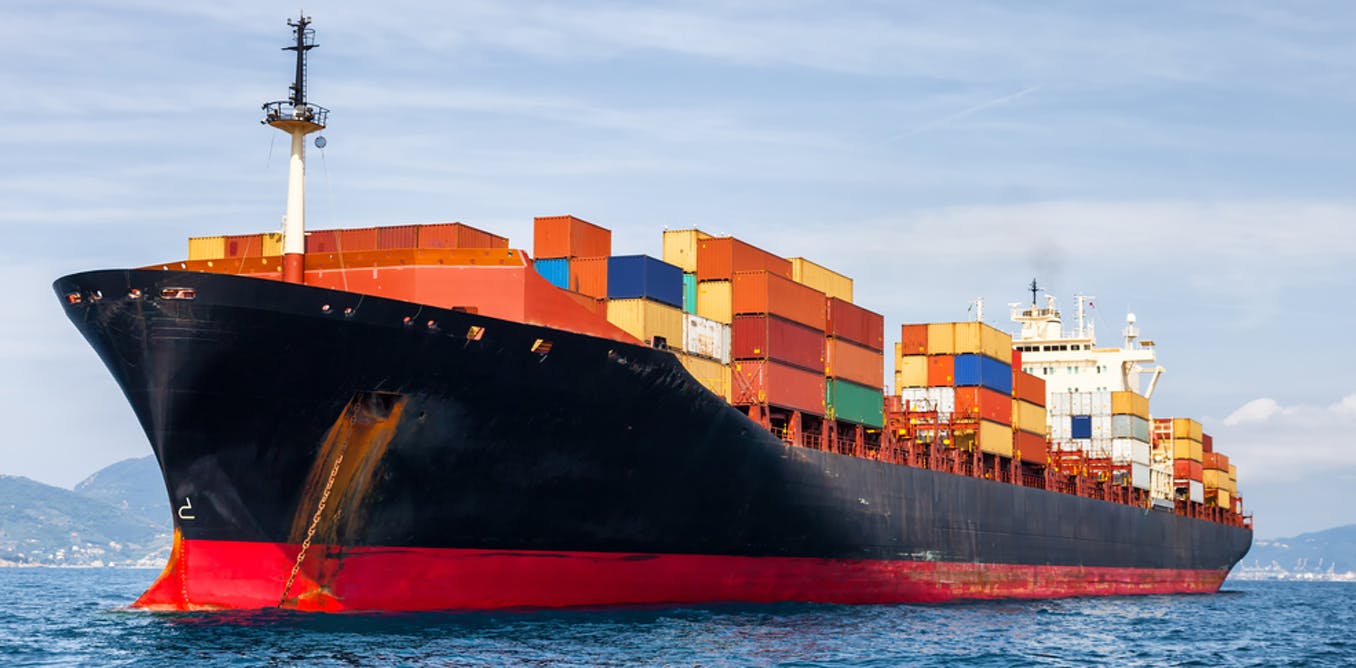
Maritime transport: types of ships
Importance
the best product; If at the right time; not received in the right place and under the right conditions; It will not be useful.
Therefore, there must be close cooperation and relationship between the buyer and the carrier.
Transporting goods in different ways such as by sea; ground or air; It is an important factor whose costs have a direct effect on making the sale of goods competitive and reducing the cost of transportation and the speed of transferring and transporting goods; It is one of the basic goals of the economic managers of every society.
Maritime TransportationThe most important method is international exchanges; And in terms of the very high volume of goods movement and economic efficiency, it is one of the most appropriate methods of transporting goods.
Types of ships:
a) Ships are classified into the following types in terms of shipping route;
1) Liner ships (regular lines): These ships operate in certain sea lanes and with a certain schedule.
2) Trump ships (irregular lines): These ships do not operate in certain lines and carry the cargo to any point that the owner of the goods wants.
NS) Ships are classified into the following types in terms of construction type;
1) Ships carrying general goods (general cargo): These ships; They are made in such a way that they can be used to transport various goods; Normally, in these ships, goods are transported in packaged form.
- Ships (Handy size) With a loading capacity of 10000 to 35000 tons
- ships (HANDY MAXWith a loading capacity of 35000 to 50000 tons
- Ships (PANAMAX) They have a defined maximum tonnage loading capacity, because the size of these ships is the maximum size that can pass through the Panama Canal.
- Ships (Cape size) Due to their excessive size, these ships are unable to pass through the Panama Canal, and to pass from the Atlantic Ocean to the Pacific Ocean, they have to pass through Cape Horn in the south of Chile. The main goods carried by these ships are coal or iron ore.
2) Special bulk carriers : The design of these types of ships is such that they can only carry one or two types of cargo; Such as special ships carrying sugar or wheat or minerals.
3) shipsOBO ( : اThese ships can carry several types of cargo; The purpose of making them is not to be unladen on the return journey.
These ships carry all kinds of bulk cargo, including oil, minerals, etc.
4) Oil tanker ships: These ships are built to carry oil and oil cargo, and the speed of loading and unloading in these ships is faster than other ships due to the use of pumps.
5) shipsRO-RO : These ships are equipped with a special platform in the front, back or side RAMP and are used to carry vehicles (cargo or passengers); These ships have different and movable floors to make maximum use of its space and vehicles can directly enter or leave these ships.
Currently, there are 4 specific categories of ships RO-RO There are as follows:
a) RO-ROMultipurpose
NS) RO-ROEquipped with cranes
NS) RO-ROcarrying passengers and goods to them RO-MAX It is also said
Dr) RO-ROThose that are specific to car transport and are used in the automotive industry for import and export PURE CAR CARRIERS They also say
6) Container ships: These ships are built to carry all kinds of cargo with container packaging, the ease of loading and transporting containers is considered an important advantage.
A) feeding ships (FEEDERWith a loading capacity of 100 to 500 TEU
b) Ships (FEEDER MAX) With a loading capacity of 500 to 1000 TEU
c) Ships (handy) With a loading capacity of 1000 to 2000 TEU
d) Ships (SUB PANAMAX) With a loading capacity of 2000 to 3000 TEU
e) Ships (PANAMAX) With a loading capacity of at least 3000 TEU
f) Ships (PANAMAX POST) With a loading capacity of more than 4000 TEU

0 views